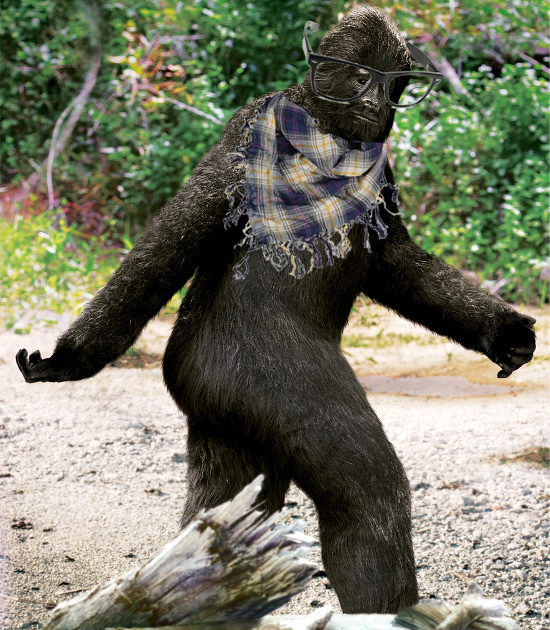When Charles Fort wrote his Book of the Damned, he talked about a number of strange events where things rained out of the sky. There were black rains, red rains, rains of fish, rains of frogs! Apparently that sort of thing still happens. This time it’s bizarre eel-like fish called lampreys in Alaska. (This is not like the rain of spiders that we reported recently.)
There were simple explanations in Fort’s time about all the bizarre goings on, which is what prompted him to write his book in the first place. Here, the official explanation is that seagulls are digging these up and dropping them around. Hopefully we can look forward to photos and video of these bomber birds in action. In the mean time we will also wonder if the lampreys are simply collecting in the Super-Sargasso Sea, the dimension of lost things that Fort proposed.
There must be a lot of keys there…and socks.







 Seems like a PBR drinking, fixed gear bicycle riding Bigfoot was found doing yoga… I mean walking around in Prospect Park in Brooklyn.
Seems like a PBR drinking, fixed gear bicycle riding Bigfoot was found doing yoga… I mean walking around in Prospect Park in Brooklyn.


